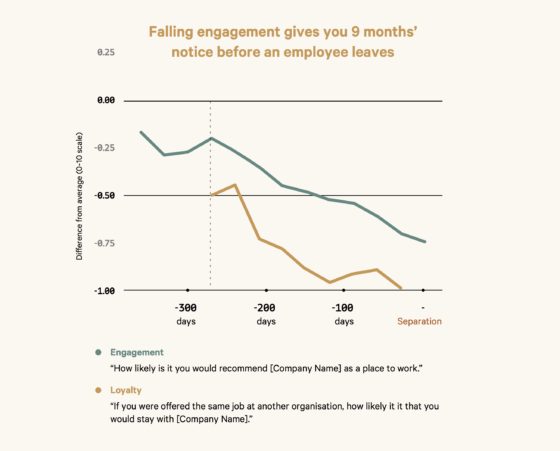BOSTON—In a time when skills become obsolete much quicker than in previous eras and the professional landscape is rapidly evolving, businesses need to be more agile and adaptive. Companies with these characteristics tend to meet their clients’ expectations more effectively, have higher employee engagement, and see more success generally. They can accomplish this by bringing on and nurturing younger or newer talent.
While more schools are offering risk-related academic programs, however, the industry is still not attracting enough young people to its ranks.
How can companies attract new talent to the risk management industry and keep them from leaving?
“I hear people saying all the time, ‘I wish next-generation people would stay,’” said Monica Merrifield, vice president of risk intelligence at YMCA of Greater Toronto. At today’s RIMS 2019 session “Solving the Talent Crisis in the Risk Profession,” Merrifield and fellow panelists Joseph Milan, principal at JA Milan and Associates LLC, Grace Crickette, vice president of administrative affairs at the University of Wisconsin-Whitewater, and Andrew Bent, risk director at Sage Group plc., discussed why young people aren’t joining the risk management field, and what companies can do to bring them into the industry and keep them there.
Crickette described the next generation as purpose-driven and passionate, expecting a company to have a bigger vision and to be clear about the employee’s role in that vision. They work best in high-collaboration and low-hierarchy environments, and expect a variety of work, as well as meaningful interactions with leadership. They are interested in creating a pathway to growth more than advancement—not necessarily a ladder, Crickette said, but “a lattice.” In part, companies and hiring managers can attract these young professionals by examining their own operations and internal culture to ensure that they address these concerns and are open to new perspectives and contributions. When companies emphasize the values of diversity (both of ideas and people), humility, and learning from mistakes, this will make them more appealing for the next generation of talent, Merrifield said.
Merrifield and Crickette also stressed the importance of cultivating new talent, and how young professionals can grow by seeking out mentors and sponsors who will create opportunities for them, even if those opportunities are not at their current company.
“Don’t wait for a sponsor, ask for a sponsor,” Crickette said. Multiple panelists also encouraged young professionals to pursue education and accreditation for advancement and growth in a risk management career, Crickette urging young people to take more tests and get professional designations to set themselves apart and learn more, and Milan describing the benefits of the RIMS-CRMP certification. Milan also advised young professionals to be courageous enough to share new ideas in their workplaces, and Merrifield said that they should focus on soft skills, which are less likely to be automated in the future.
When people lament that they wish millennials would stay, Bent said he responds by pointing to studies showing that millennials are actually more loyal when their employers present them with a “why”—a deeper purpose for their work and a reason to stay. He said that companies should examine what they are actually doing to attract and retain younger talent, keeping in mind that millennials and younger generations are better at moving on when they see that a new opportunity elsewhere is better.
Crickette added that the industry needs to show young people that there is more to the risk management business than just insurance, and explain how diverse the field is. Bent and Milan both also said that the risk profession is mostly associated with bad things happening, and that risk management professionals could help change that perception by showing how risk management can create opportunities, showing up in their communities during both good times and bad.
It is possible to get young people to join and stay in the risk management profession, these experts stressed, but companies must do the work to adapt to the employees they want, creating opportunities for young risk management professionals to engage and grow.

